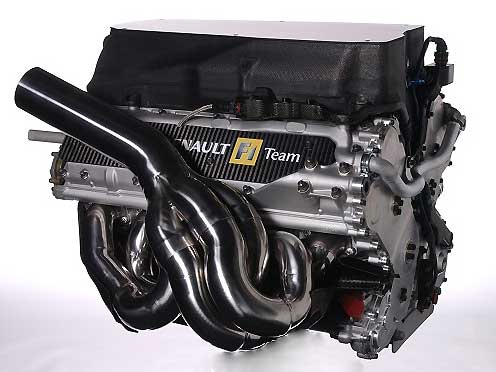For reflected wave tuning, though I dont know what the distance is from the exhaust valve to the start of the primary pipe, I would imagine even for an F1 engine that is way too short of a pipe length for a tuning peak. Assuming 3" to exhaust valve and a 8" total effective length with an exhaust duration of 200 degrees, that's a tuning peak of 28000 rpm. Beyond that, as far as I'm aware for good wave reflection you want a 50-100% increase in cross section area. Not sure if this quite gets there..
Ideas?




